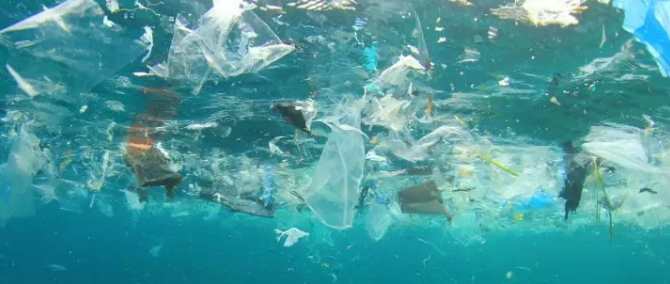
Plastics are widely used in various fields such as economics, national defense construction, and people's livelihood, because of its low cost, easy processing, corrosion resistance, and recyclability. Since the invention of plastic at the end of the 19th century, more than 8 billion tons of plastics have been produced worldwide, and more than 50% of it has been discarded or incinerated. Therefore, as the consumption of plastics continues to increase, the environmental problems caused by plastic waste continue to worsen.
To solve or mitigate environmental pollution problems, we need to follow the principle of circular economy development for the plastic processing industry, from the production of plastic products to use, collection, classification, recycling and reuse, and finally back to production settlement. This closed loop will be an effective measure to solve the environment pollution problems. Therefore, in addition to subsequent sorting and recycling, if from the beginning of product design, it is designed in a recyclable way, it will greatly help the development of circular economy.

IMD process and
decorative layer that do not affect recycling.
This year, the
on-site processing and decoration of recycled materials was demonstrated on the
K show. At Engel's booth, Kurz's patented IMD Varioform process decorated the
components containing recycled materials in high-quality through integrated
forming, injection molding, decoration, and pressing operations.
The entire recycling process was also
demonstrated: recycled plastic from used/wasted parts was mixed with new
materials, and then processed into new plastic decorative parts via an Engel
victory 1060/300 injection molding machine with the IMD Varioform process.
The production of
this three-dimensional part shows that even complex shapes can be decorated by
this roll-to-roll process. The production is also unique in that it uses MuCell
technology to foam the mixed plastic (new material with recycled materials),
making the part weight lighter, the design of the part simplified, and the
final part produced without dents. At the same time, this application also
demonstrates how this one-step process for decorating complex shaped parts can
flexibly integrate lightweight structures and recycling technologies.
prev : no
next : BASF officially launches new integrated production...